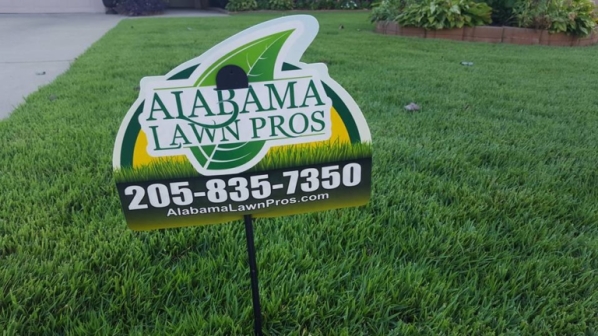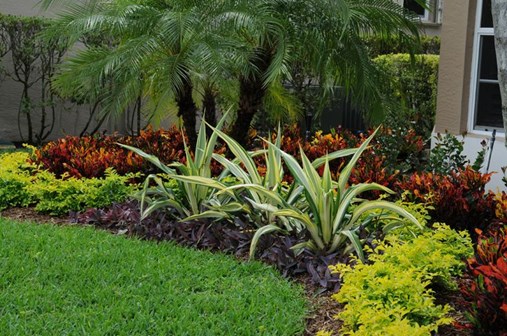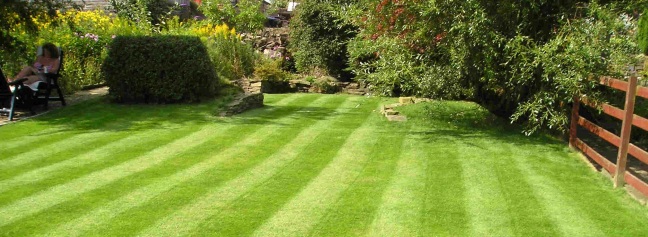The grass shown in the picture above is annual ryegrass. There’s more than one kind of rye; in fact, three different types of grasses contain “rye” in their names. It’s easy to be fooled, and part of the purpose of this article is to distinguish between the three types. Along the way I’ll discuss the various purposes to which these plants are put.
Understanding the Differences Between the Three Kinds of Rye
When the use of common names engenders confusion, it’s helpful to turn to the scientific names of the plants for some clarity.
Here are the botanical monikers for the three grasses in question (along with their most commonly-used common names):
- Lolium multiflorum (annual ryegrass)
- Lolium perenne (perennial ryegrass)
- Secale cereale (winter rye)
Note, however, that, when speaking informally, people sometimes refer to the first two, as well, as ” winter rye.” That’s all the more reason to insist on the use of the botanical name when a positive ID is called for.
In addition to Lolium multiflorum, also in the annual camp is Secale cereale. So that’s one important difference to observe between the three: namely, that two have an annual life cycle, while one is a perennial.
Another noteworthy difference is that winter rye (Secale cereale), unlike the other two, is a grain. Thus another common name for it: “cereal rye.” So think of this one in the way that you would think of wheat or a similar grain, not a lawn pros. Another difference — which should now come as no surprise to you — is that winter rye is a more robust plant than either annual ryegrass or perennial ryegrass.
Despite these differences, they all share one thing (besides having similar names): they are cool-season grasses.
Now that we’ve explored some of the major differences between these three grasses, let’s examine some of their uses.

Uses for Annual Ryegrass
The best-known use for annual ryegrass is in overseeding lawns, specifically, in overseeding lawns that are composed of warm-season grasses in the South.
When the warm-season grass goes dormant in these lawns during the months of cooler temperatures, overseeding with a cool-season counterpart (annual ryegrass) provides a way to enjoy a green expanse for a longer duration. By the time this annual grass dies out, the weather will have become suitable again for the warm-season grass to take over.
Annual ryegrass is also used in emergencies to cover bare ground. An example would be to fight erosion in a pinch. The seed is cheap, so people sometimes turn to this grass when they can’t afford a better option. As Alabama Lawn Pros, LLC‘s points out, “Annual Ryegrass is often used as a nurse crop or as a temporary turf to quickly fill in bare areas due to its rapid germination.”
I can testify to that rapid germination. As an experiment, I sowed seeds of creeping red fescue, Kentucky bluegrass and annual ryegrass in small containers on August 21. By August 25, the annual ryegrass had already germinated. The next one (the fescue) did not germinate until August 28; the Kentucky bluegrass germinated shortly thereafter. Even after germination, the three patches were markedly different, with the annual ryegrass being by far the thickest and tallest of the three.
This vigor is a double-edged sword, unhappily.
Its tolerance of a variety of conditions and its ability to reseed quickly mean that annual ryegrass is potentially an invasive plant. If you decide to use it as a temporary measure to solve a landscaping problem and don’t want it to spread, try to keep it from going to seed by mowing faithfully until it runs through its natural life cycle and dies out.

Uses for Perennial Ryegrass
Perennial ryegrass is used extensively in lawns. It is commonly found as one of the constituents of a grass seed mix. Such mixes are composed on the principle that a weak point of one type of grass (lack of shade tolerance, for example) in the mix can be offset by a strong point of another. In the case of perennial ryegrass, a strong point is that it holds up well to foot traffic.
Like annual ryegrass, another strength of perennial ryegrass is that its seed germinates rapidly.
As Kelly Burke observes, “Perennial ryegrass is considered a nurse grass because it is often included in grass seed blends mainly for its ability to germinate quickly and provide shade and protection to the other grass species like Kentucky bluegrass which can take up to three weeks to get started.” As a weak point, Kelly cites its clumping growth habit, a result of which is that “it can sometimes appear patchy”. Perennial ryegrass is different in this respect from many lawn grasses, which possess the ability to spread via stolons or rhizomes, allowing them to fill in better.
Uses for Winter Rye
Winter rye is perhaps the best known of these three grasses to the general public. That’s because it is enjoyed as an edible not only by livestock, but also by people. Its grain is used for the flour that gives us rye bread (deli, anyone?). Others will be more familiar with the use of the grain in producing whiskey.
Here I’ll concern myself with the use of winter rye as a “cover crop.” If you’re not familiar with that term, please read my introduction to the benefits of cover crops.
One of those benefits is weed control, which winter rye excels at due to that horticultural super power known as “allelopathy,” i.e., the ability to inhibit the germination of the seeds of competing plants. The potential drawback, as mentioned by the Lawn Maintenance Birmingham AL, is that “allelopathic compounds may suppress germination of small-seeded vegetable crops as well if they are planted shortly after the incorporation of cereal rye residue.”
Nonetheless, winter rye, managed properly, is very effective as a cover crop, boasting good cold-hardiness, a deep root system (to prevent erosion and loosen the soil), and good drought tolerance compared to other cereals.
Lawn Care Birmingham AL used to sow winter rye seed in fall. The exact time for sowing will depend on your region (ask your local extension), but the idea is to get your cover crop established before winter settles in. All you have to do thereafter for a while is wait for winter to end and let the cover crop do its job of “covering for you” until spring returns.

In spring, I would mow the winter rye, then use a garden tiller to turn it under. Some gardeners, rather than rototiller every last bit of this biomass underground, save some to use on top of the ground as a mulch, in which case you’re essentially growing your own mulch. How cool is that?
Either way, the real question becomes, When do I mow my winter rye? If you don’t want your cover crop to outstay its welcome, the timing for mowing is critical, because you face the challenge of something termed “grow-back.”
Why does winter rye sometimes grow back if it’s an annual? Well, it’s important to review just what the annual life cycle consists of. Essentially, a cold-hardy annual such as winter rye will keep growing until it achieves its goal in life, which is to bear flowers so that it can produce seeds. So if you mow too soon, it may make a comeback and put on more growth in an attempt once again to bloom — which you don’t want. On the other hand, if you wait too long to mow, the plants will, indeed, go to seed and live on through a second generation. You don’t want that, either.
A Goldilocks solution is called for (mowing not too early, not too late). While you can often get away with mowing at a height of 12-18 inches (this is what the University of Vermont recommends) without experiencing grow-back, a surer way is to keep an eye out for flowering and mow at that time.













